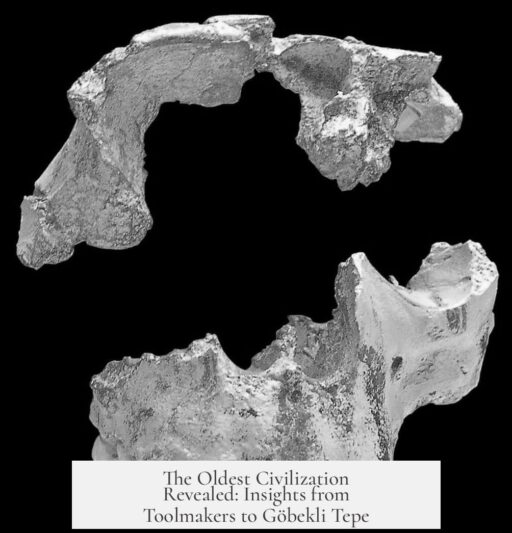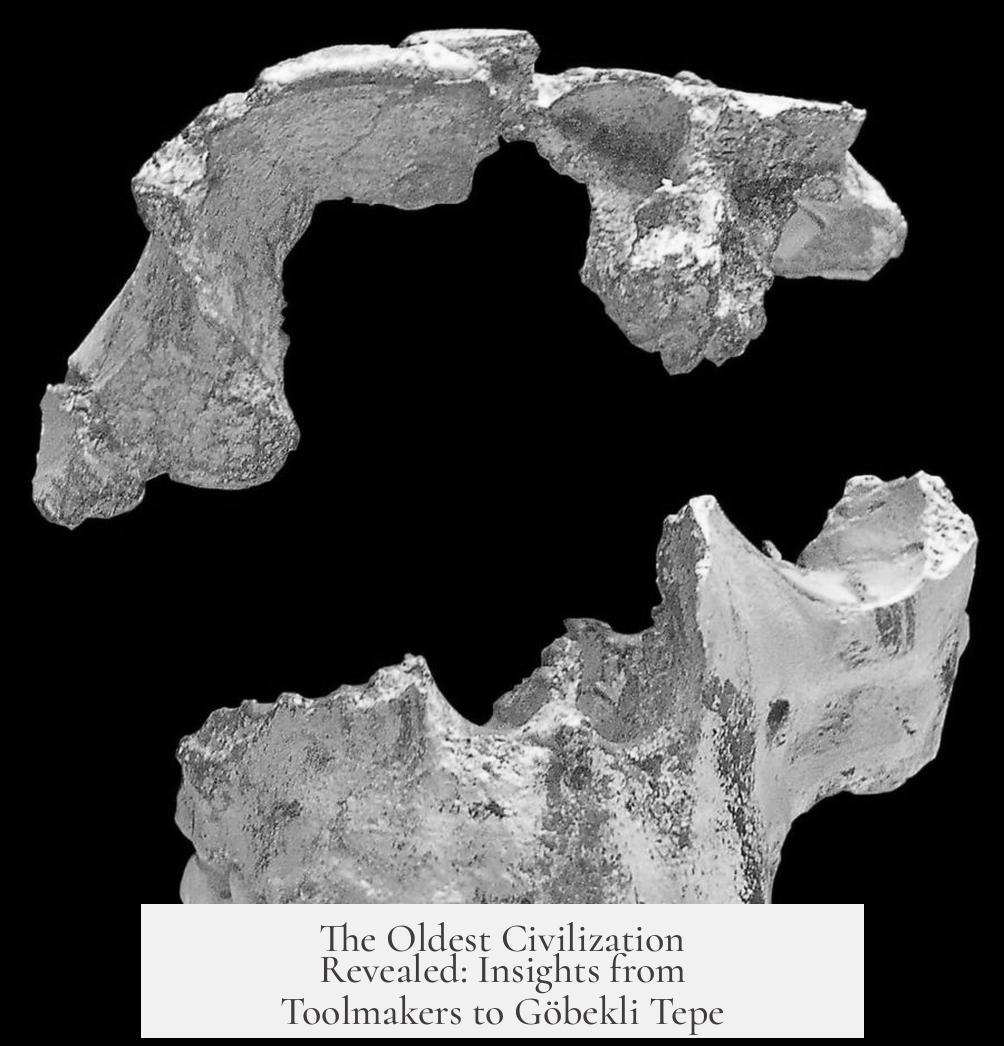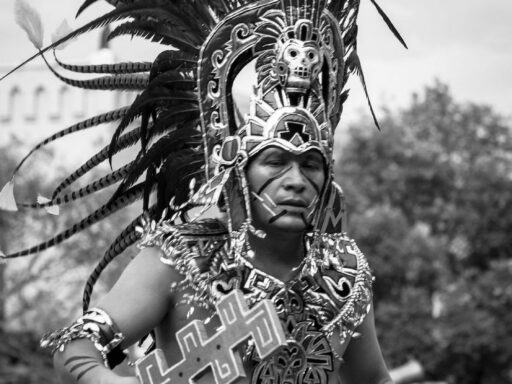The oldest civilization known from historical records is the Sumerian civilization, which emerged in Mesopotamia around the late 5th millennium BCE during the Uruk/Ubaid periods. Sumer provides the first clear evidence of hierarchical states, cities, and writing. However, if the question refers to the earliest complex human societies or behaviors implying civilization-like traits, the answer extends much farther back to the emergence of behavioral modernity in Homo sapiens roughly 50,000 years ago.
The traditional view of civilization focuses on social complexity marked by cities, states, and writing systems. This framework puts Sumer firmly at the start of known civilization. Sumerians built the first cities like Uruk and Ur, developed cuneiform script, and established structured governance. These advancements provide documentary evidence and material remains that define civilization in classical archaeology. The Sumerians thus remain the oldest civilization that recorded itself in written form.
However, modern scholars debate the usefulness of this definition. The earliest Sumerian cities evolved from “proto-cities” that show gradual but not sudden leaps in complexity. Drawing a clear line where civilization begins proves difficult. Social development follows long trajectories with many interacting factors. Kings and cities are not the sole markers of complexity or culture. From a scientific lens, the concept of civilization is less precise and more fluid.
Extending the timeline, human ancestral species produced stone tools long before Sumer. The Oldowan industry, dating back 2.6 million years ago, is linked to Australopithecus garhi and early Homo species. Around 1.7 million years ago, Homo erectus developed Acheulean tools, more advanced than Oldowan ones. These industries show technological sophistication but not civilization in the strict sense. Tool use alone does not define civilization, as social structures and cultural behaviors form key elements.
Behavioral modernity presents a broader perspective on early civilization. It refers to the emergence of complex symbolic thought, culture, and creativity around 50,000 years ago. This threshold marks the development of language, art, and ritual behaviors unique to Homo sapiens. The sudden appearance of cave paintings around 40,000 years ago, and intentional burial with grave goods, indicate sophisticated cultural expression and beliefs. Behavioral modernity signals the earliest human traits associated with civilizations’ cultural foundations, even without cities or writing.
Another important archaeological site is Göbekli Tepe, excavated mostly since the 1990s, dated to approximately 9000 BCE. It predates pottery, metal use, and writing, yet contains massive carved stone pillars weighing up to 20 metric tons, arranged in large enclosures built by hunter-gatherers. Göbekli Tepe reveals complex organizational skills and ritual behavior predating the rise of farming and settled societies. Though not a civilization in the traditional sense, it pushes back the origins of social complexity and monumental construction.
| Aspect | Time Period | Key Features |
|---|---|---|
| Behavioral Modernity | ~50,000 years ago | Symbolic thought, art, language, ritual burial |
| Göbekli Tepe | ~9000 BCE | Monumental stone enclosures, ritual site, hunter-gatherers |
| Sumer Civilization | ~3500 BCE | First cities, writing, states, recorded history |
Understanding “the oldest civilization” depends on the criteria used. If writing and cities define civilization, Sumer is the oldest confirmed civilization. Its records allow us to “have a clue” about their culture and governance. If cultural and cognitive criteria expand the definition, behavioral modernity and sites like Göbekli Tepe reveal complex social behaviors much earlier. Early stone tools show technical innovation but do not alone indicate civilization.
This nuanced understanding helps avoid oversimplifying humanity’s deep past. Societies did not suddenly “civilize” but gradually developed traits we now associate with advanced cultures. Writing is one form of legacy; symbolic thought and social rituals mark essential human steps toward civilization.
- The oldest civilization with writing and cities is Sumer, emerging circa 3500 BCE in Mesopotamia.
- Behavioral modernity, around 50,000 years ago, signals the earliest complex cultural traits of humans.
- Göbekli Tepe (~9000 BCE) shows complex social organization before farming and writing.
- Stone tool industries (Oldowan, Acheulean) demonstrate early technological skill but not civilization.
- “Civilization” is a debated concept reflecting social complexity; no fixed starting point exists.
What Is Actually the Oldest Civilization That We Have a Clue Of?
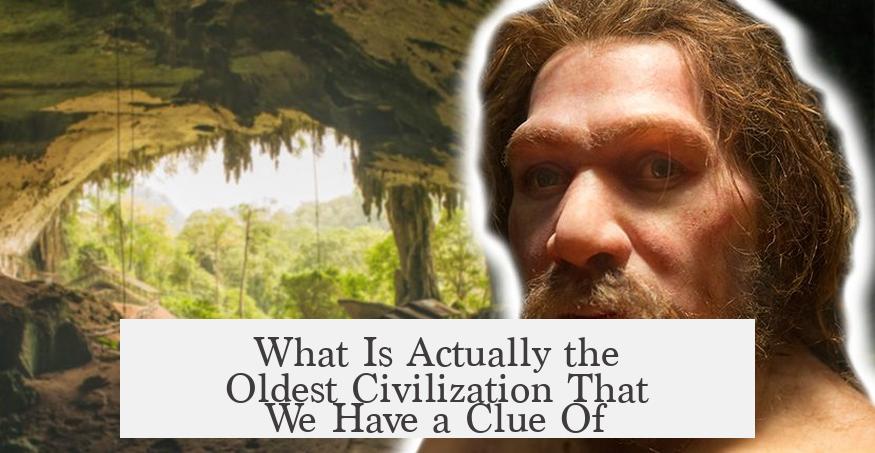
If you’re wondering what the oldest civilization really is, the answer might surprise you: it depends on how you define civilization. The classic, textbook answer points to the Sumerians, those clever folks who built cities and invented writing in Mesopotamia around 3000 BCE. But the story has many layers — from ancient toolmakers to mesmerizing stone temples built by hunter-gatherers. So buckle up, because “oldest civilization” isn’t as cut-and-dried as you might think.
Let’s first untangle what archaeologists even mean by “civilization.” It’s a tricky word tossed around casually for things like “Western civilization,” but traditionally in archaeology, it means something specific: hierarchical states, cities, and writing systems. If you tick those boxes, you get the civilizational stamp of approval. Under this definition, Sumer is king.
Sumer pops up in the late 5th millennium BCE during the Ubaid and Uruk periods. It’s where we find the earliest solid proof of cities—think towering ziggurats and bustling market squares—plus kings issuing laws etched onto clay tablets. The Sumerians literally gave writing a brain, inventing cuneiform script. That’s why school textbooks and history buffs crown them as the “first civilization.”
But here’s the rub: this traditional definition has critics. Many scholars argue that drawing a sharp line between “civilization” and what came before is shaky. The early Sumerian cities evolved gradually from what some call “proto-cities.” Imagine a messy middle ground where tiny villages morphed, over centuries, into complex urban hubs. It’s not like someone flicked a switch and suddenly— voilà!—civilization appeared.
Moreover, why single out kings and cities as markers of complexity? Human societies developed in many directions. Some didn’t need big walls or royal palaces to be sophisticated or complex. Different paths of social evolution unfolded across the globe.
Before Cities: The Toolmakers’ Tale
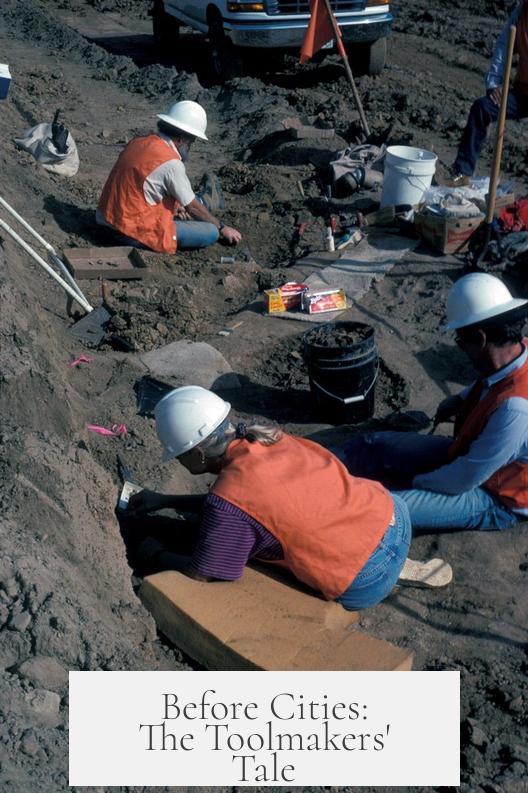
Before we get carried away with kings and scribes, let’s slide way back—like, a couple of million years back—to the dawn of tool use. The earliest-known stone tool industries, Oldowan and Acheulean, date from about 2.6 million years ago. These tools popped up in Africa long before Homo sapiens strolled on the scene.
Oldowan tools—think rough, sharp flakes—are credited to Australopithecus garhi. That’s a hominid species predating even the genus Homo. Later, more refined Acheulean hand axes emerged, generally linked to Homo erectus. These tools show increasing sophistication but don’t qualify as “civilization” by themselves.
Why? Tool use alone isn’t civilization. Chimpanzees use sticks to fish for termites, after all. Weirdly advanced social behaviors don’t necessarily add up to cities with bureaucrats and scribes.
Behavioral Modernity: The Real Game-Changer?
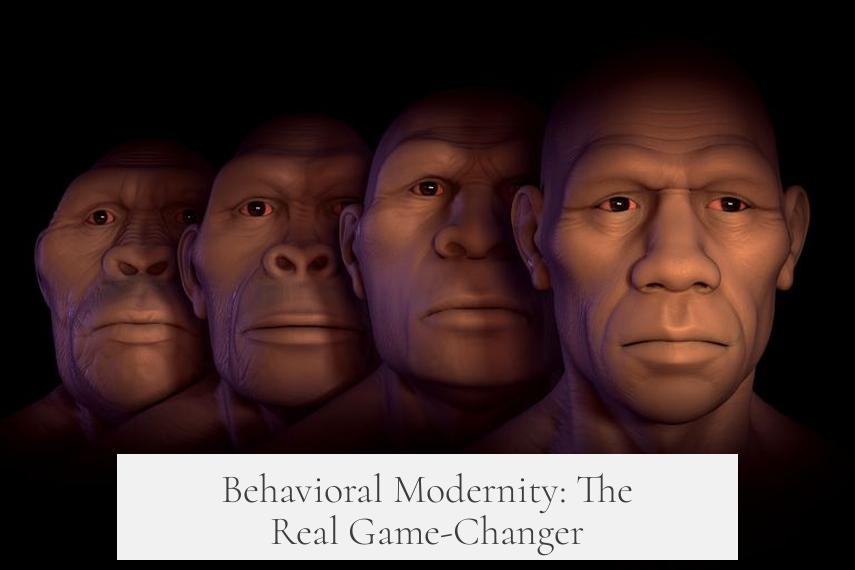
Here’s where things get spicy. Anthropologists zoom in on behavioral modernity as a better marker of what made humans truly “civilized” in a cultural sense.
Around 50,000 years ago, something clicked. Humans started showing complex symbolic thinking and cultural creativity. Suddenly, they painted intricate cave art—like those famous scenes in France’s Lascaux caves dated to about 40,000 years ago. They deliberately buried their dead, often with grave goods or even fresh flowers. These acts suggest rituals, beliefs in something beyond the here and now.
This leap hints at the birth of language, art, and religion, even without cities or kings. Entirely city-less, and very pre-literate, yet behaviorally “modern.” So if you consider civilization as the sum of language, art, and ritual, instead of just bricks and laws, humans were “civilized” long before Sumer wrote their first tablet.
Astonishing Göbekli Tepe: Rewrite Your History Books

Hold your horses and add another candidate to the “oldest civilization” debate: Göbekli Tepe. This archaeological wonder in modern-day Turkey dates back some 11,000 years (circa 9000 BCE). It predates pottery, metallurgy, writing, and even the wheel! And guess what? It was built by hunter-gatherers, not city-dwellers.
The site features massive stone pillars, each weighing 10 to 20 tons, carved with remarkable precision. These enclosures were mysteriously buried under huge quantities of debris some centuries after their construction. We’ve only excavated about 2% of the site so far.
Göbekli Tepe flips the script. Complex religious or communal constructions from people we thought were “primitive” reveal a sophisticated social order far predating Sumer. It’s as if spiritual life and monument-building came before, and possibly laid the foundation for, settled urban civilizations.
What Does It All Mean, Then?
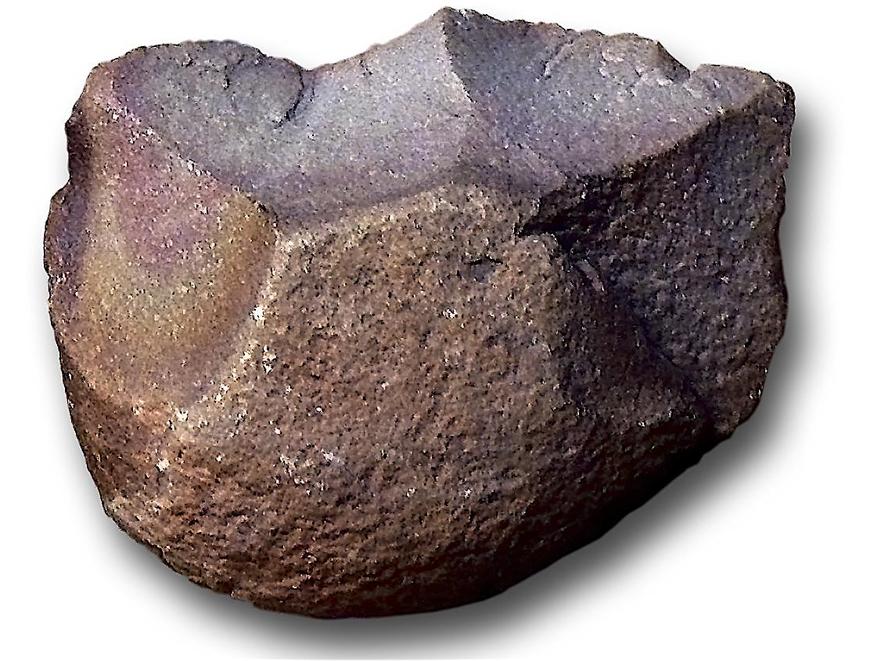
The short answer is: the “oldest civilization” depends on what clues you value most—writing and cities or behavior and symbolic culture.
If you want written records, urban centers, and state hierarchies, then Sumer wins, hands down. Sumerians defined “civilization” the way toddlers define “mommy”—they invented writing, built cities, and left us vivid historical records.
But if you think “civilization” should include art, belief systems, complex rituals, and symbolic thinking, then behavioral modernity and sites like Göbekli Tepe push the origins back by tens of thousands of years.
And just for fun, consider the long trail of technological strides by pre-human ancestors. Our species sits on the shoulders of millions of years of toolmakers and social learners who paved the way.
Practical Takeaway: How Should We Think About Civilization?
- Think of civilization as a spectrum, not a light switch.
- Celebrate Sumer for formalizing cities, kingship, and writing.
- Respect the deep past where symbolic thought and ritual sparked in early humans.
- Marvel at Göbekli Tepe as a sneak peek into prehistoric spirituality and social complexity.
- Remember, history is a living story, and new digs might always rewrite the oldest chapters.
Next time someone asks, “What’s the oldest civilization?” you can confidently say, “Depends on whether you want writing or ritual, stone cities or stone pillars—and either way, it’s a fascinating journey through human ingenuity!”
“Civilization is less about walls and kings and more about stories, symbols, and cooperation.”
Now, isn’t that a clue worth pondering?
